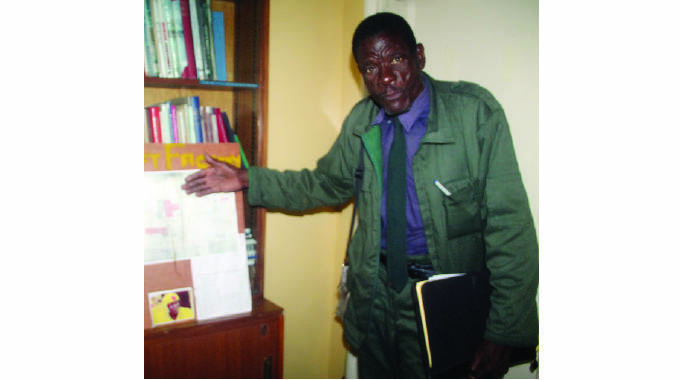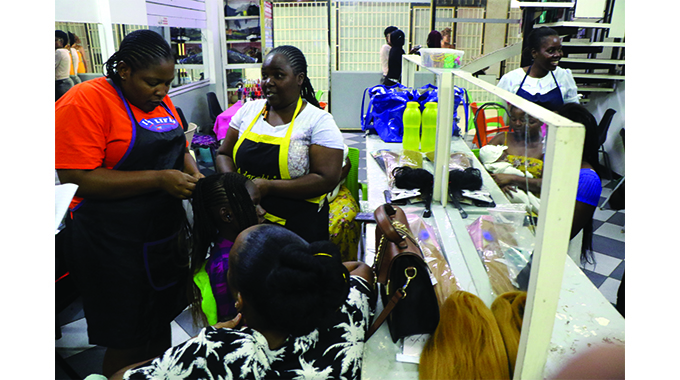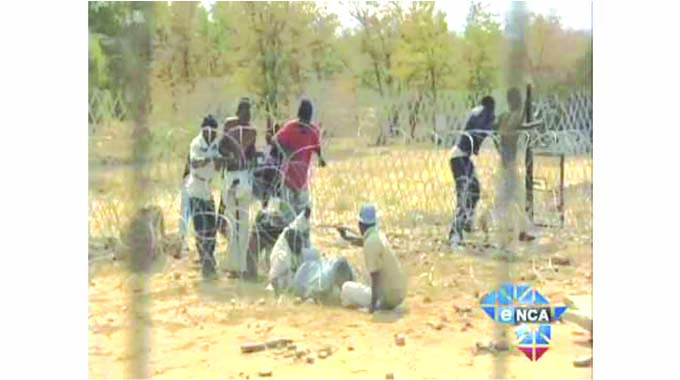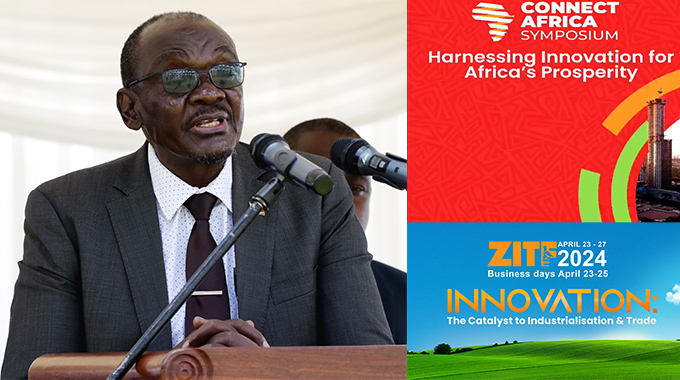Barnabas is back!… and he still wants to fly

Nqobile Bhebhe, Senior Business Reporter
“Since 1994, my social life has been a mess. The helicopter and African rifle project just consumed me.”
That’s how the long-forgotten and probably never heard of by some – retired Flight Lieutenant, Barnabas Sibanda, describes himself.
In late January, at a burning Mpopoma Outspan factory, Saturday Chronicle spotted the lanky former freedom fighter clutching a huge file. Just like the other traders, he looked distraught, watching helplessly as the inferno consumed the once-thriving home industry.
Sibanda refused an impromptu interview when approached.
Two days later, at the same factory which is now a shell, he agreed to speak to the Saturday Chronicle, saying, “I have a huge announcement to make”.
Apparently on the same day, he had an appointment with the city’s Town Clerk, Christopher Dube to discuss a piece of land in Kelvin East industrial area.
The land where he has an experimental factory he calls the “Technology Building” was repossessed by the council in 2016 .
Sibanda said he was preparing to start production of an aircraft when council took back the land.
Barely 15 minutes after his scheduled meeting with Dube, a beaming Sibanda walked into the Chronicle building. The tense and frustrated engineer was a new being – he was bubbling.
“The storm is over. The helicopter project is back on track,” said Sibanda, who says he spends his free time reading Pan-African literature.
In October of 1994, Rtd Flight Lieutenant Sibanda was in the limelight when he did the unthinkable by “inventing” and developing a three-seater homemade helicopter. This caused a spectacle in Bulawayo and gripped the country’s imagination after he parked it at a city centre garage for safekeeping. At one point, he displayed it outside the City Hall.
Curious residents and potential buyers had to pay $2 to view the invention.
Not only was it for viewing by potential buyers, but for inspection by the Civil Aviation Authority. The aircraft was condemned outright, leading to many back and forth battles with authorities as he prepared to make his second craft made from aluminum sheets. It is not clear whether or not it eventually took to the air.
“Once I have fulfilled these requirements, I will carry out a demonstration flight for potential buyers” said Sibanda in 1994.
At the time, he said the three-seater helicopter could easily carry a two-and-a-half tonne load. It was to be propelled by a combination of a chemical mixture and petrol. It had a Citroen engine!
Sibanda has a military background and is a former Zipra combatant.
In 1997, the Bulawayo City Council, in recognition of his work, allocated him a two-acre stand to carry out his project. He wanted to produce an experimental aircraft.
However, in 2016, he lost the land and his appointment with the Town Clerk on Wednesday was to seek a resolution on the matter.
“The project is back on track. The technical hurdles that stalled the project have been resolved,” said Sibanda, who was regularly munching biscuits.
“All I can say is people should expect a rapid assembling of aircraft here. Though the assembling process had been stopped, my mind was not. I continuously thought about the project and its benefits to the nation, especially on employment,” he said.
Sibanda was cagey to disclose his projected assembly time frame and whether he had sought approval from aviation authorities.
He was comfortable in saying “it’s a matter of assembling. The factory has five components that have people who are dedicated to producing various components of the aircraft.
“So when I sort myself out, it’s a matter of saying ‘guys, I need a body, seats or a propeller made to such and such specifications’.
“Yes, I’m back in a big way. My innovative mind never stopped functioning, though not to its full capacity due to several operational issues,” he said.

Retired Flight Lieutenant, Barnabas Sibanda
Bursting into laughter, he added: “I will assemble something that will fly from Bulawayo to Harare within a reasonable time.”
Decades after his ZimCopter invention, a contraption that became a crowd puller in Bulawayo, Sibanda is still uncomfortable in disclosing how it landed in Bulawayo from Esigodini.
Aviation authorities instituted a probe back then.
“That’s not the subject of the interview. What people need to know is that I am back,” he boldly declared.
Sibanda, like any human, has regrets.
“My two son’s Calvin and Joseph, were always with me while assembling that aircraft, their interest in what I was doing amazed me,” he said.
“But their interest shocked my wife to the extent that she took the boys away with her to Harare for good. She did that to protect them from being injured or possibly killed by the aircraft. I can say that is the regret I have to live with.”
Sibanda then drops another regret – FINANCES.
“I invested a lot of money assembling the aircraft, and I have not reaped any financial benefits.
“Every investor looks forward to getting benefits from their sweat,” said Sibanda, again, shying away from disclosing how much he has invested in his inventions.
Apparently, a few years after the 1994 helicopter shock, he was back with another interesting piece of work – a rifle, which he termed a “Zimbabwe-African Rifle”.
Sibanda says the rifle is worth US$10 000.
Asked about his other passions, without much thought, he says reading, specifically Pan-African literature.
“I am a Pan-Africanist and an ardent student of Marcus Garvey and Kwame Nkrumah,” he says.
He said he named one of his son’s Kwame Nkrumah.
Sibanda is a member of the council’s library at City Hall, Public Library, and Mpopoma Library.
Barnabas Sibanda, the helicopter man from Gwatemba, in Matabeleland South, once described as a man who wanted to fly, is back and vows not to give up on his life-long aviation passion.










Comments